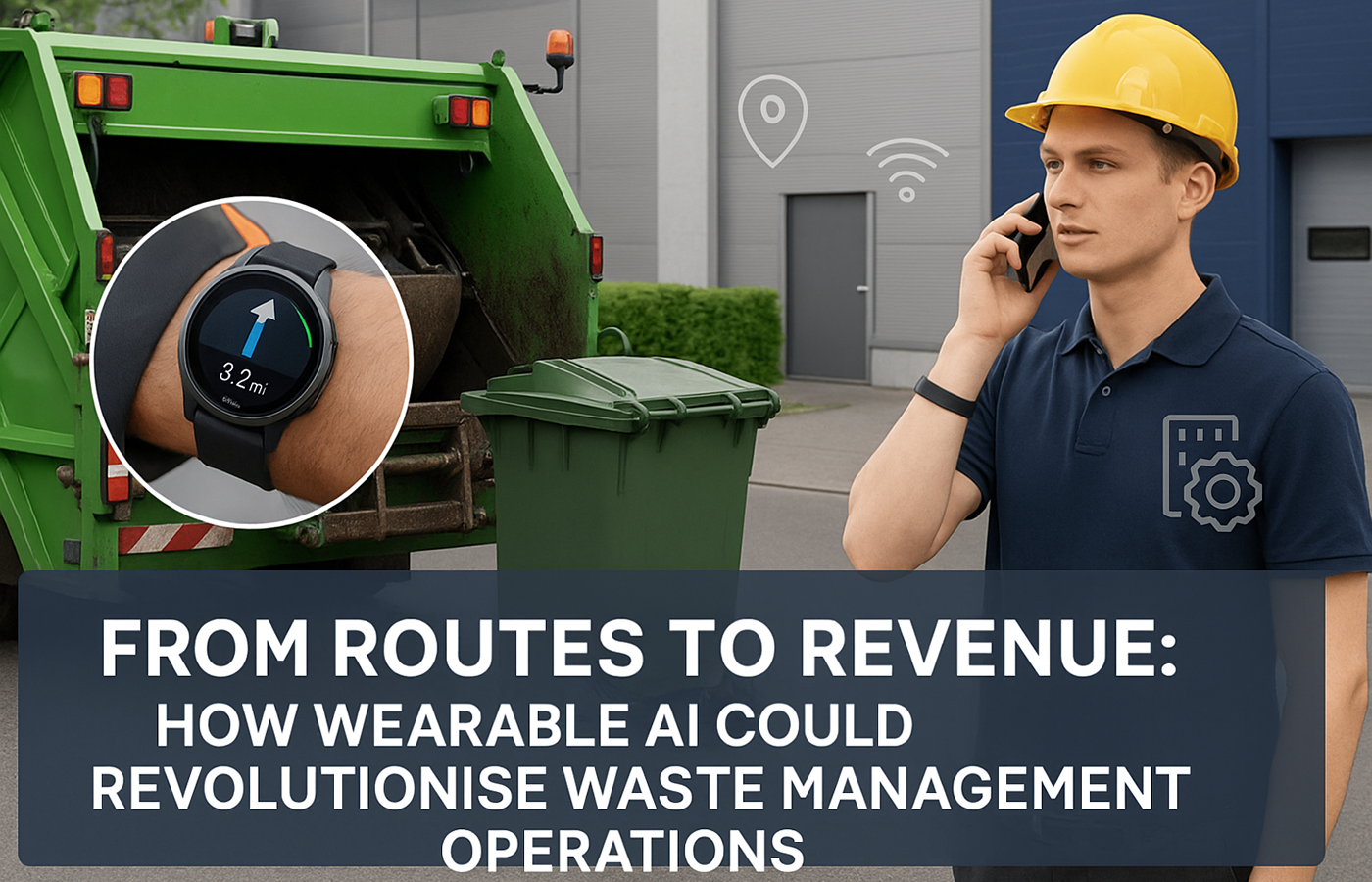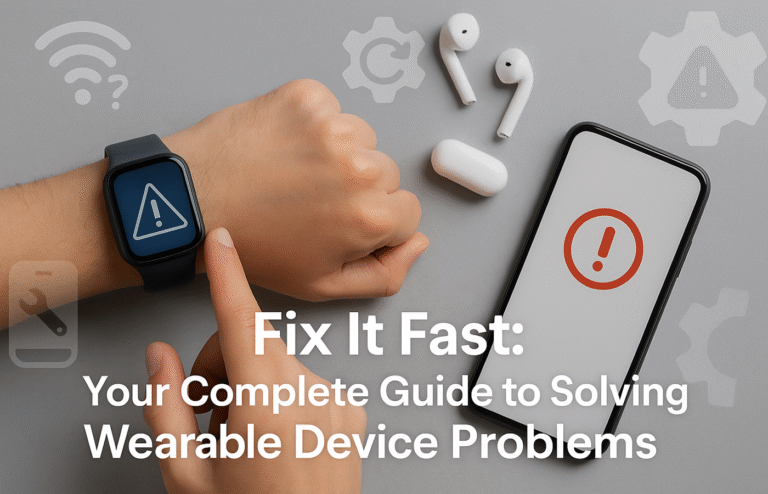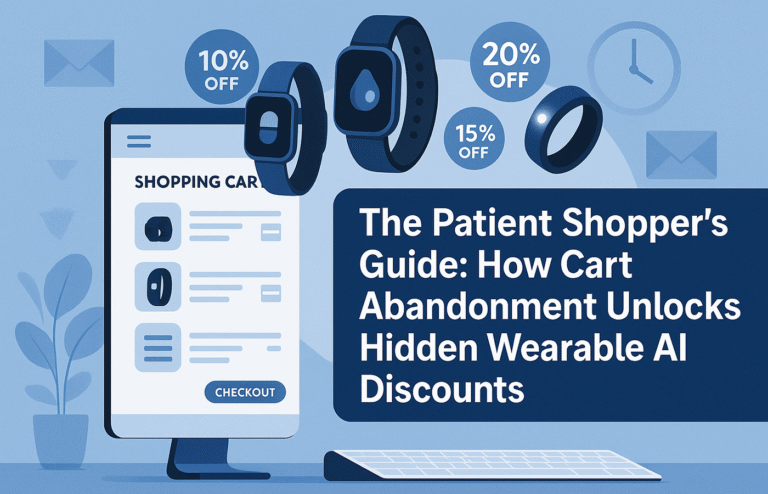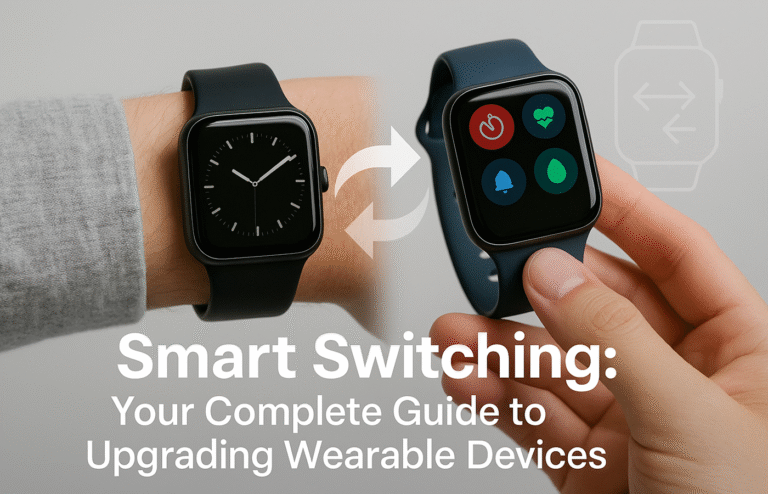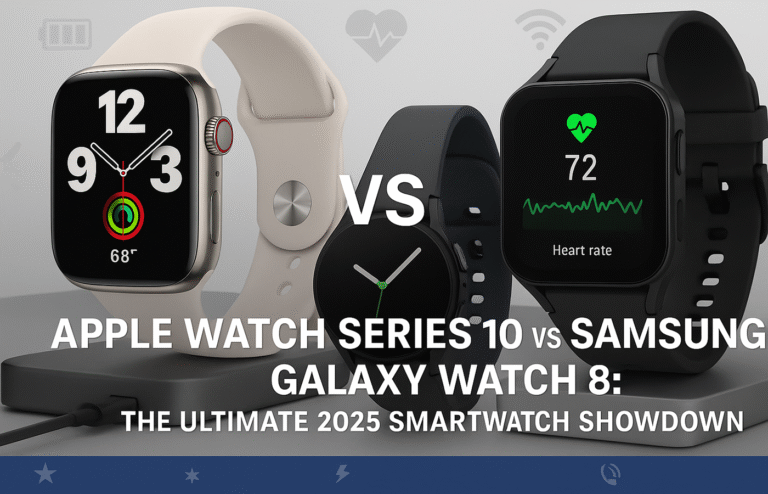From Routes to Revenue: How Wearable AI Could Revolutionise Waste Management Operations
Wearable AI technology offers unprecedented workforce oversight for waste collection companies, transforming driver fleet management, sales accountability, and administrative productivity whilst maintaining employee privacy compliance.
Driver Fleet Benefits:
● Real-time fatigue detection through heart rate monitoring
● GPS route optimisation and compliance verification
● Automated emergency response and fall detection capabilities
Sales and Admin Applications:
● Client visit verification with GPS tracking
● Territory coverage optimisation through movement analysis
● Ergonomic health monitoring reducing compensation claims
● Focus analytics enabling better resource allocation
Investment Considerations:
● Device costs: $150-$800 AUD
● Implementation: $15,000-$70,000
● ROI through insurance reductions and 10-15% efficiency gains
Success Factors:Employee consent protocols, robust data security measures, and phased implementation prioritising safety-critical roles.
From Routes to Revenue: How Wearable AI Could Revolutionise Waste Management Operations
Managing a waste collection company with hundreds of employees presents complex oversight challenges that traditional management tools simply can’t address. However, emerging wearable AI technology could transform how operations managers monitor workforce performance, ensure safety compliance, and optimise operational efficiency across diverse teams.
Consider this scenario: Your driver fleet operates across Queensland’s vast territories, your sales team covers metropolitan and regional areas, whilst administrative staff coordinate operations from multiple offices. Traditional oversight methods leave significant blind spots, creating risks for safety violations, productivity losses, and compliance failures.
Fortunately, wearable AI devices could offer unprecedented visibility into workforce operations whilst maintaining legitimate management oversight. Let’s explore how these technologies might transform your waste management operations.
Driver Fleet Management: Safety Could Meet Efficiency
Waste collection drivers face unique challenges during their daily routes. Long hours, physical demands, and potentially hazardous working conditions require constant attention to safety and performance standards.
Potential for Real-Time Fatigue Detection Modern smartwatches equipped with AI algorithms could monitor heart rate variability, sleep patterns, and activity levels to detect early signs of driver fatigue. These devices might alert both drivers and supervisors when rest breaks are needed, potentially preventing accidents and ensuring compliance with driving hour regulations.
Route Optimisation and Compliance Possibilities GPS-enabled wearables could integrate seamlessly with existing fleet management systems, providing real-time location data that verifies route completion and identifies opportunities for efficiency improvements. Managers might monitor adherence to scheduled collection times whilst identifying drivers who consistently excel at time management.
Emergency Response Capabilities For drivers working alone in remote areas, AI-powered emergency detection could become crucial. Wearable devices might automatically detect falls, sudden health events, or panic situations, potentially alerting emergency services and management teams with precise location data.
Automated Break Monitoring Potential OH&S regulations require specific rest periods during extended shifts. Wearable devices could automatically track break compliance, potentially ensuring drivers receive adequate rest whilst providing documentation for workplace safety audits.
Sales Team Performance: Accountability Through Analytics
Field-based sales representatives require different oversight approaches compared to office-based staff. Wearable AI technology could provide valuable insights into customer interaction quality and territory coverage efficiency.
Client Visit Verification Possibilities Smart devices with GPS capabilities might confirm appointment attendance and visit duration, potentially eliminating disputes over timesheet accuracy whilst providing data for performance evaluations. This objective measurement system could ensure fair assessment of sales team productivity.
Voice AI Analysis Potential Advanced wearables might analyse conversation patterns during client meetings, potentially providing insights into communication effectiveness and identifying training opportunities. However, this feature would require careful implementation with proper client consent protocols.
Territory Coverage Optimisation Movement pattern analysis could reveal how efficiently sales representatives cover their assigned territories, potentially identifying opportunities for route improvements and highlighting top performers’ strategies that might be shared across the team.
Administrative Excellence: Productivity and Wellness Potential
Office-based employees could benefit from different wearable AI applications focused on ergonomics, productivity patterns, and wellness monitoring.
Ergonomic Health Monitoring Possibilities Smartwatches and fitness trackers might monitor posture, movement patterns, and repetitive strain indicators, potentially alerting workers to take breaks or adjust their workstation setup. This proactive approach could reduce workers’ compensation claims whilst improving employee wellbeing.
Focus Time Analytics AI-powered devices might track periods of concentrated work, meeting attendance, and workflow patterns. Managers could gain insights into productivity trends without intrusive monitoring, potentially enabling better resource allocation and workload management.
Wellness Programme Integration Corporate wellness initiatives could become more effective when supported by objective health data. Wearable devices might track steps, stress levels, and sleep quality, potentially providing employees with personalised health insights whilst giving management aggregate wellness metrics for programme evaluation.
Cross-Department Benefits: Unified Operations Management Potential
The real power of wearable AI could emerge when implemented across all employee categories, creating comprehensive operational oversight.
Predictive Analytics for Workforce Planning Historical health and performance data might enable sophisticated workforce planning. Managers could potentially predict peak absence periods, identify employees at risk of burnout, and proactively adjust schedules to maintain operational continuity.
Compliance Documentation Possibilities Automated data collection from wearable devices could create detailed records for workplace safety audits, insurance assessments, and regulatory compliance reporting. This documentation might reduce administrative burden whilst providing robust evidence of safety programme effectiveness.
Integrated HR Systems Modern wearable platforms could integrate with existing payroll and human resources systems, potentially streamlining data management and reducing duplicate entry requirements. This integration might ensure accurate record-keeping whilst minimising administrative overhead.
Privacy and Legal Compliance: Building Trust
Successful wearable AI implementation would require careful attention to privacy rights and legal requirements under Australian workplace law.
Employee Consent Protocols Transparent communication about data collection purposes, storage methods, and usage limitations could build employee trust. Clear opt-out procedures might ensure voluntary participation whilst maintaining programme effectiveness.
Data Security Measures Robust encryption, secure data transmission, and limited access protocols would protect sensitive employee information. Regular security audits could ensure ongoing compliance with privacy regulations.
Union Consultation Proactive engagement with employee representatives could demonstrate commitment to fair implementation whilst addressing concerns before they become obstacles to programme success.
Return on Investment: Measuring Potential Success
Wearable AI implementation would require significant investment, but the returns could justify the expense through multiple channels.
Insurance Premium Reductions Demonstrated safety improvements through wearable monitoring might qualify companies for reduced workers’ compensation premiums. Insurance providers could increasingly recognise proactive safety programmes when calculating risk assessments.
Operational Efficiency Gains Route optimisation, reduced absenteeism, and improved productivity could contribute directly to bottom-line results. Companies might see 10-15% efficiency improvements within the first year of implementation.
Reduced Administrative Costs Automated data collection could eliminate manual timesheet processing, reduce payroll disputes, and streamline compliance reporting. These efficiency gains might free up administrative staff for higher-value activities.
Implementation Strategy: A Phased Approach
Successful wearable AI deployment would require careful planning and gradual rollout to minimise workplace disruption.
Phase One: Pilot Programme Beginning with volunteer participants from each department could test device functionality and gather feedback. This approach might identify potential issues whilst building employee champions for broader implementation.
Phase Two: Safety-Critical Roles Expansion to employees in high-risk positions could demonstrate clear benefits where safety advantages outweigh privacy concerns. Driver fatigue monitoring and lone worker safety could represent obvious starting points.
Phase Three: Full Deployment Complete rollout across all employee categories would require comprehensive training programmes and ongoing support systems.
Technology Selection: Choosing the Right Devices
Different employee categories would require different wearable solutions based on their specific work environments and monitoring needs.
For Drivers: Rugged smartwatches with long battery life and GPS capabilities could prove most suitable For Sales Staff: Discrete smart rings or lightweight fitness trackers might be preferred For Office Workers: Comfortable fitness bands with ergonomic monitoring could work best For Lone Workers: Emergency-enabled pendants or smartwatches with panic buttons would be essential
Cost Considerations
When evaluating wearable AI solutions, operations managers should consider the following approximate costs:
Device Costs (RRP in AUD):
- Professional-grade smartwatches: $400-$800 per device
- Fitness trackers with AI capabilities: $200-$400 per device
- Smart rings: $300-$500 per device
- Emergency-enabled pendants: $150-$350 per device
Implementation Costs:
- Software integration and platform setup: $10,000-$50,000
- Training and change management: $5,000-$20,000
- Ongoing subscription fees: $10-$30 per device per month
Conclusion: The Future of Workforce Management
Wearable AI technology represents a potential fundamental shift in workforce management capabilities. For waste collection operations, these devices could offer unprecedented visibility into employee performance, safety compliance, and operational efficiency whilst maintaining respect for employee privacy and workplace rights.
Success would depend on thoughtful implementation that prioritises employee wellbeing alongside management oversight. When deployed correctly, wearable AI could create genuine win-win scenarios where enhanced management visibility improves both operational efficiency and employee safety outcomes.
The question isn’t whether wearable AI will transform workforce management—it’s whether your operation will be ready to evaluate and potentially adopt this technological evolution when the time is right.

